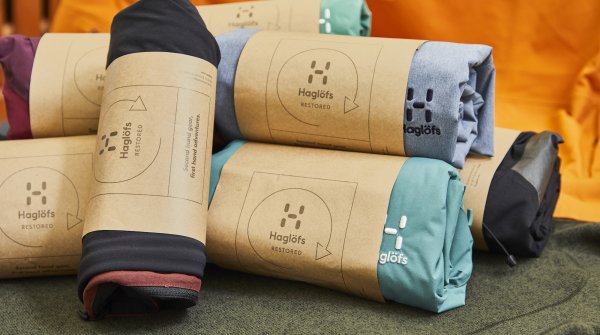
With the process “one glass, one garment," only one glass of water is required to complete the finishing of a denim garment with laser. A radical reduction in water consumption when you take into account that currently about 70 liters are needed.
Reinventing the Finishing Process
The laser process also delivers a chemical free finishing, eliminating the use of the harmful potassium permanganate sprayed during the finishing of jeans, thanks to the laser solution Light PP Spray and also the revolutionary Stone Flow, were a more efficient and sustainable way of getting the stone-washed effect is achieved. By combining laser, ozone and nano-bubbles, eliminating the need for pumice stone, saving up to 70 per cent in water usage.
Symplifying the Design Process in the Textile Industry
With the launch of the High Dynamic Range (HDR) system, revolutionary generation of laser reduces laser marking times by up to 30 per cent and increases production capacity. The HDR starts a new era in laser production for jean finishing. The new hyperbolic design system, guarantees “What you see is what you get”.
The High Dynamic Range controls the laser, increasing the dynamic contrast of tones in the images to obtain a level of depth closer to reality and thereby achieving a more natural and 3D design.
Driving towards Efficiency and Sustainability
Jeanologia’s global solutions using the clean technologies laser, ozone and nano-bubbles increase productivity, reduce time-to-market, automate processes and reduce production costs are appealing to companies wanting to produce in a more sustainable and efficient way. Additionally, the process also eliminates waste.
“Transforming the denim industry towards efficiency and sustainability is the objective that has driven Jeanologia for over 20 years. A change in the model is urgent moving the industry from being one of the most polluting, based on cheap labor towards a sustainable model," said Carmen Silla, Marketing Manager at Jeanologia.
“Our role as a technology partner is to ensure sustainable production of jeans, which is the second most sold garment in the world after t-shirts. This way of producing must become part of the DNA of the garment and be its added-value for the consumer," explained Silla.
- Awards
- Mountain sports
- Bike
- Fitness
- Health
- ISPO Munich
- Running
- Brands
- Sustainability
- Olympia
- OutDoor
- Promotion
- Sports Business
- Textrends
- Triathlon
- Water sports
- Winter sports
- eSports
- SportsTech
- OutDoor by ISPO
- Heroes
- Transformation
- Sport Fashion
- Urban Culture
- Challenges of a CEO
- Trade fairs
- Sports
- Find the Balance
- Product reviews
- Newsletter Exclusive Area
- Magazine






